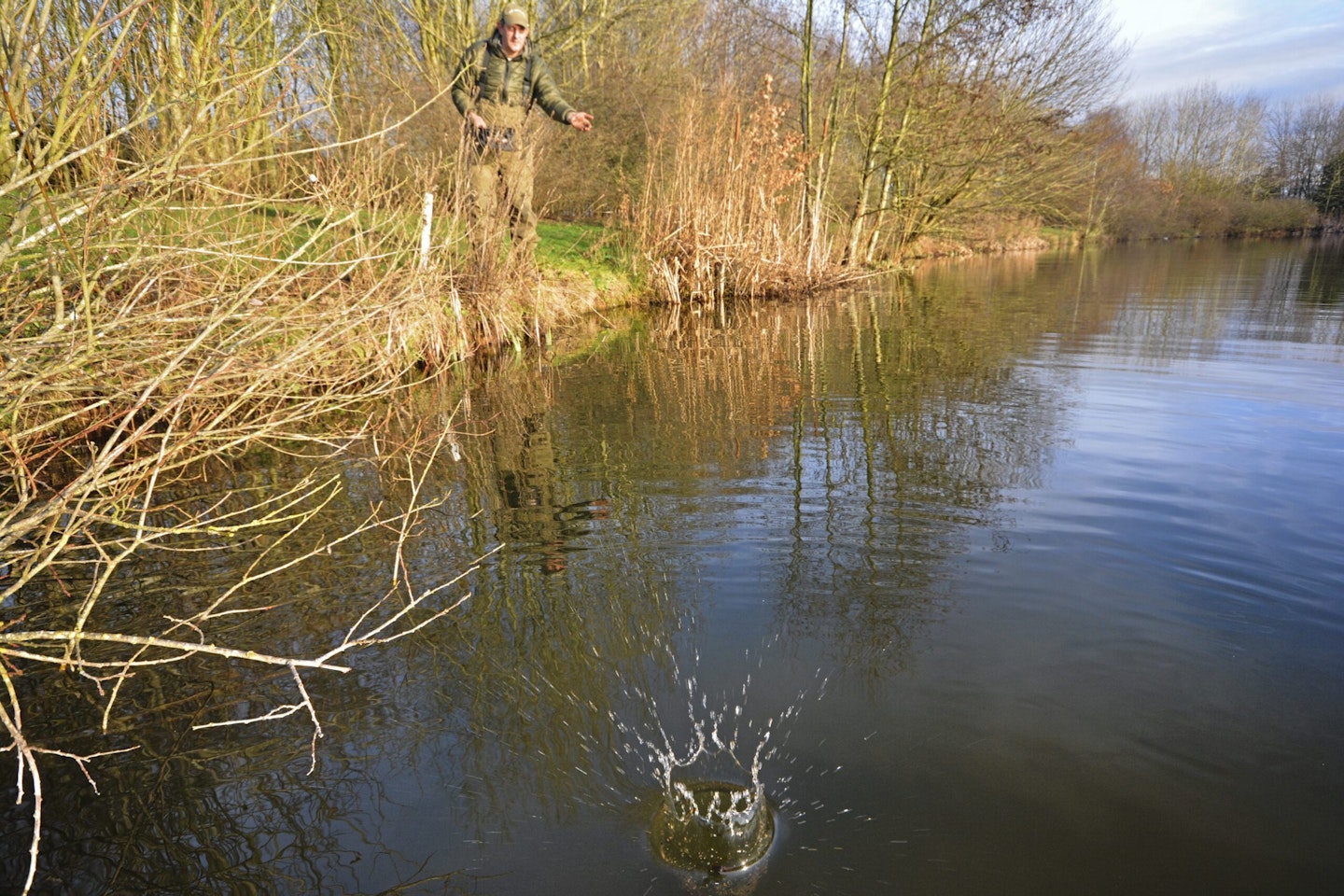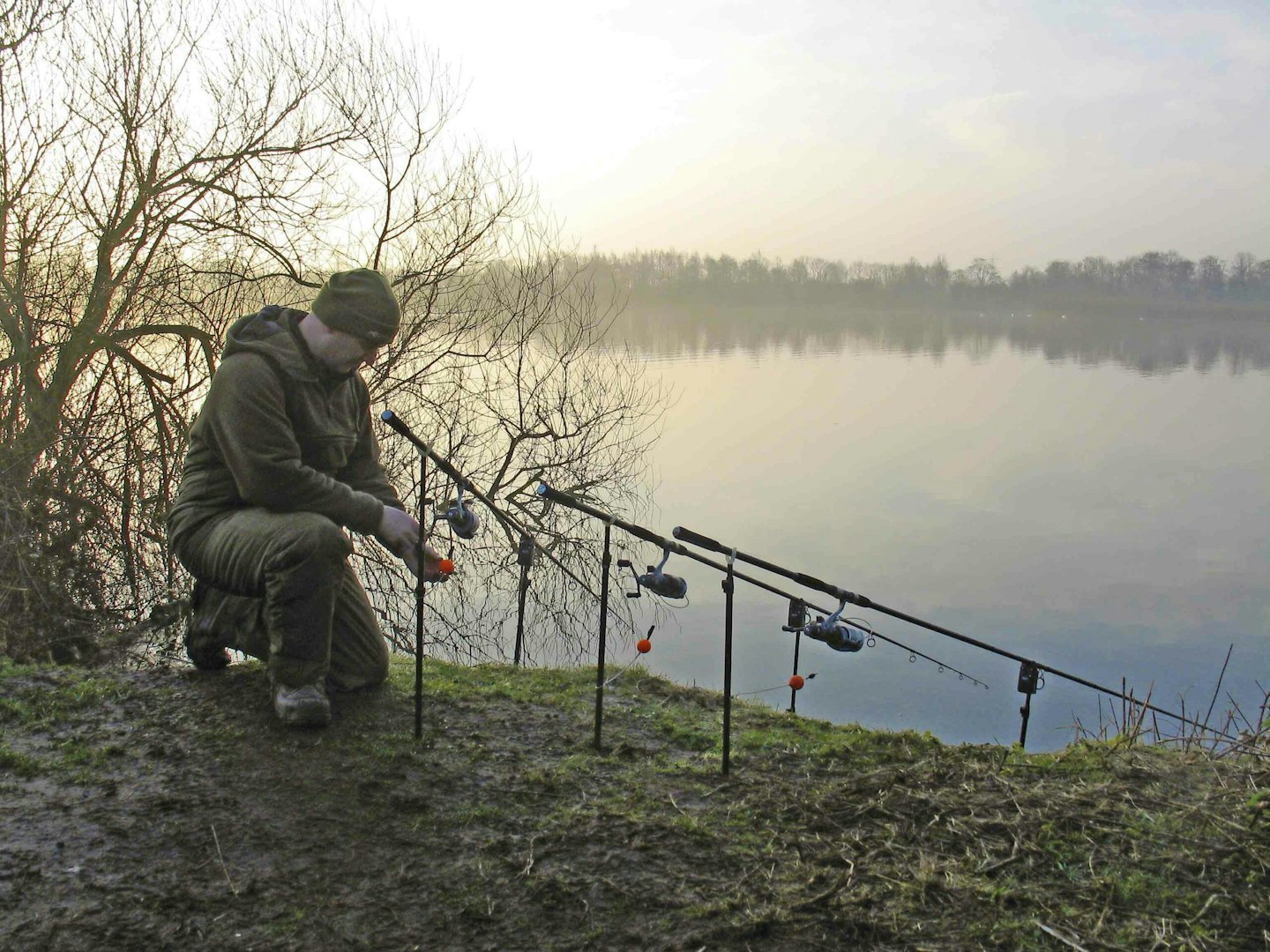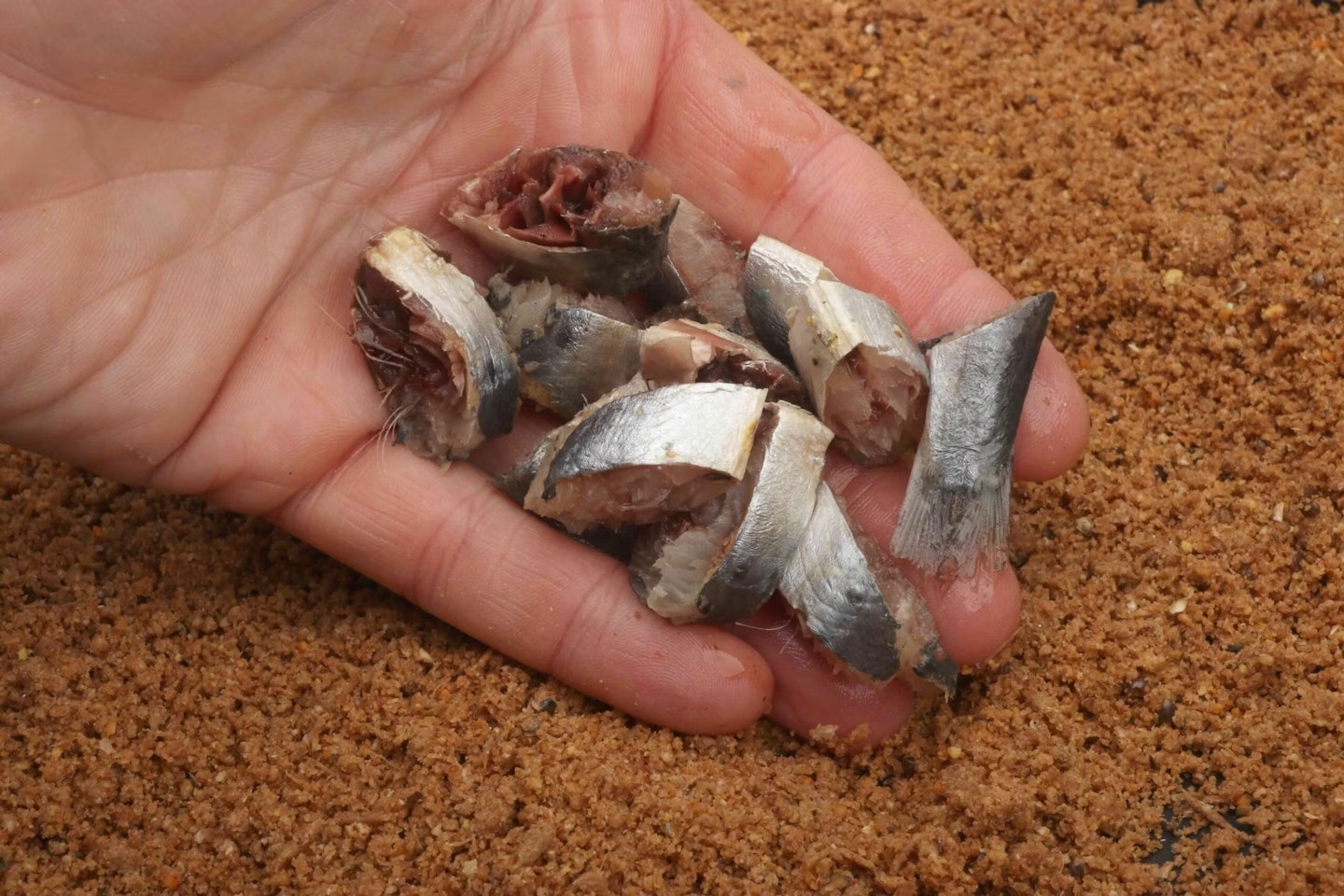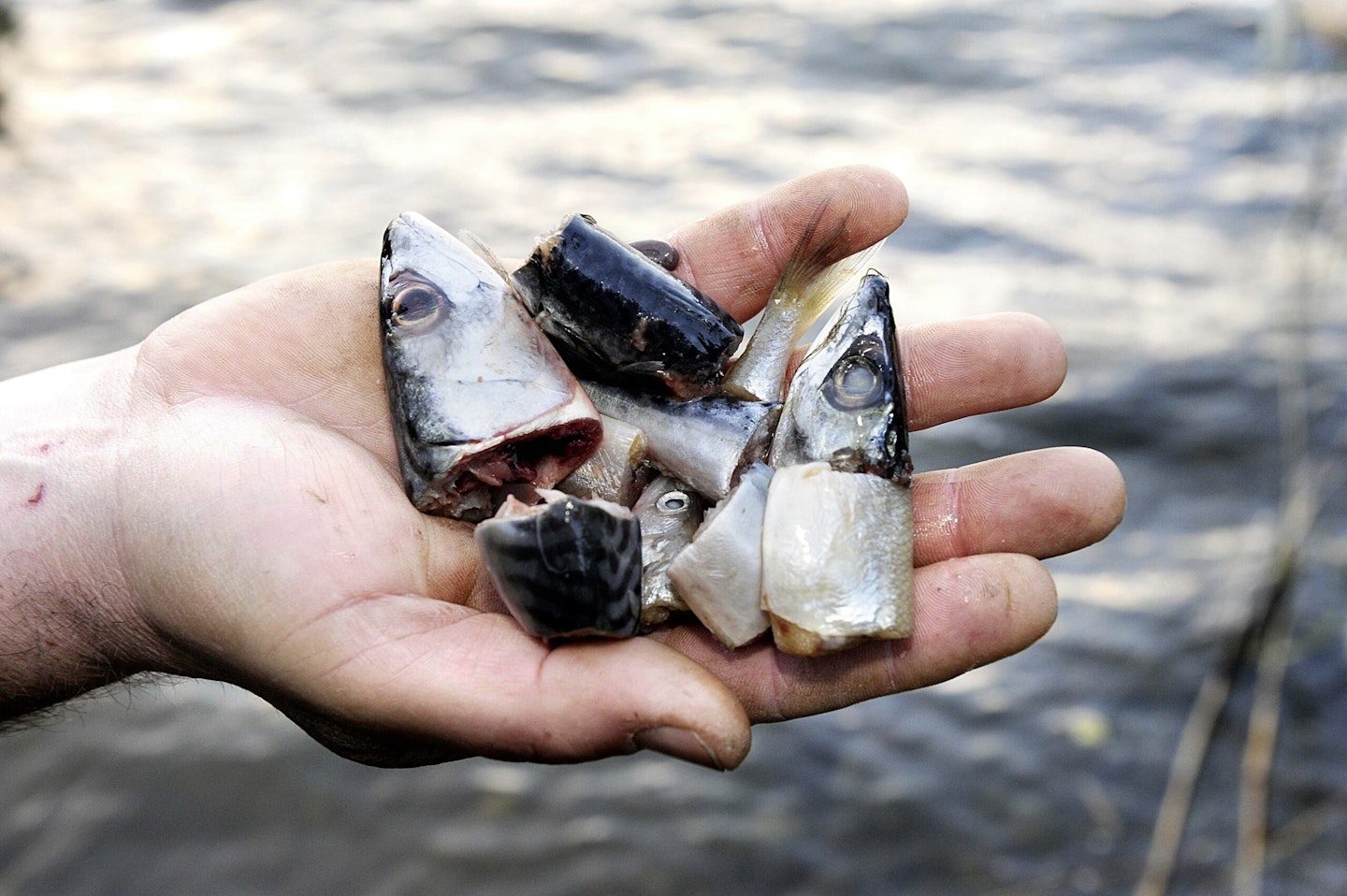Have you ever considered prebaiting for pike? If the answer is no, then maybe it’s time you did! While you can catch plenty of pike just turning up and casting out a deadbait, if you put some time into prebaiting like you would for any other species, you can not only attract more pike into the area, but the bigger fish too.
It goes without saying, you need to choose a venue that contains pike. It doesn't tend to matter if it is a large stillwater, a small pond, canal or river if you put the effort in you will catch more pike.
How long?
The length of time you choose to prebait depends on the venue. If there are plenty of pike, baiting for just a couple of days before your session may be enough to attract fish. However, if you’re fishing in a river where pike are less concentrated, the longer you introduce bait, the better your chances of drawing them into your swim. You don't need to go every day, as usually once every two or three days is enough, but as with all things the more effort you put in, the more chance there is of success.
IF YOU WANT MORE TIPS ON CATCHING BIG PIKE, THIS ARTICLE HAS SOME GREAT ADVICE.

Timing
One often overlooked aspect of prebaiting is timing. If you plan to fish in the evening, it can be beneficial to introduce your bait around the same time. All fish, including pike, can become accustomed to when bait is regularly introduced and may start visiting the area at those times and by aligning your prebaiting schedule with your fishing sessions, you can increase the chances of a quick bite. Try to be covert though, the last thing you want is another angler to see what you are doing and capitalise on your hard work!
IF YOU ARE NEW TO PIKE FISHING, THIS BEGINNERS GUIDE HAS ALL THE INFORMATION YOU NEED!

What bait?
Prebaiting is a great way to use up older deadbaits that have been in the freezer for a while. Instead of discarding deadbaits after a session, you can chop them up and throw them into the water before you leave—especially if you plan to return the next day. Alternatively, you can freeze the chunks to use as bait another time. Oily fish like sardines, mackerel and herrings are really good for this, the extra attraction these baits offer, especially when they are cut up are superior to a lot of other baits and they tend to be the cheapest too making it more cost efficient.
If you want to get the bait out into the lake a little further, you can add the chunks to a fishmeal groundbait, this has the added bonus of drawing baitfish into the area too. Groundbait is also a great way of introducing any extra oils or flavours you may want to add.
WITH ALL THE EXTRA PIKE YOU WILL BE CATCHING, HERE IS A GUIDE TO THE BEST PIKE FISHING RODS.

Use a chunk
While pike are accustomed to picking up whole deadbaits, and it is generally the preferred method, if you've encouraged them to feed on smaller chunks and aren’t getting bites on a larger bait, why not try a chunk to two instead? Sometimes, when you catch a pike, you may even see the bait you introduced still in its mouth and matching the hatch can only be beneficial.
These chunks can be presented on a big single hook or hair rigged, which not only reduces the risk of deep hooking— as it allows for a quicker strike—but also offers something different from what other anglers are using.
YOU NEED TO READ OUR GUIDE ON HANDLING PIKE SAFELY BEFORE TYRING TO CATCH ONE.

